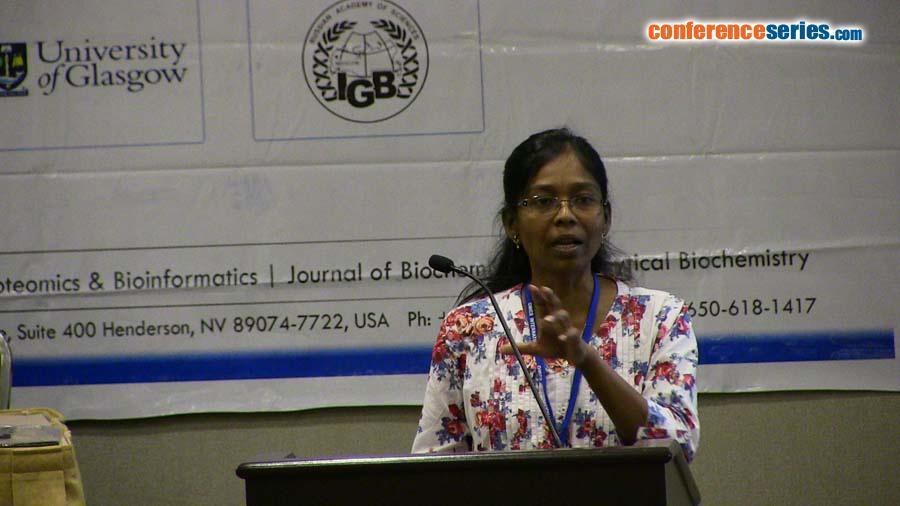
Thenmalarchelvi Rathinavelan
Indian Institute of Technology Hyderabad, India
Title: Give and take: ‘Z-philic’ A...A mismatch in a GAC repeat promotes interaction with Zα binding domain of human ADAR1 protein
Biography
Biography: Thenmalarchelvi Rathinavelan
Abstract
Tandem repeats or microsatellites are abundant in eukaryotic genomes and are polymorphic in nature. Abnormal expansion of such tandem repeats in different sequence contexts cause many incurable genetic diseases. These over expansions lead to genome instability irrespective of its location in the genome by forming unusual secondary structures comprising of non-canonical base pairs. By employing molecular dynamics simulation technique, here we investigate the structural traits of DNA d(GAC)6.d(GAC)6 hairpin containing A...A mismatch that is associated with pseudoachondroplasia and multiple epiphysial displasias. Results show local B-to-Z DNA formation akin to d(CAG)6.d(CAG)6 repeat. This finding is further corroborated by titrating d(GAC)5.d(GAC)5 with different concentrations of salt (NaCl) and Zα binding domain of human ADAR1 proteinusing circular dichroism studies. Comparison of canonical d(GAC)5.d(GTC)5 with non-canonical d(GAC)5.d(GAC)5 duplexes confirms that non-isosterisity of A...A mismatch impels Z-DNA formation in the latter, thereby, facilitating the binding with Zα binding domain of human ADAR1 protein. As this is the first study that shows the binding of A…A mismatch containing d(GAC)5.d(GAC)5 duplex with an Z-DNA binding protein, it opens up a new avenue to investigate the role of Z-DNA binding proteins in trinucleotide repeat expansion disorders. Further, even a single A...A mismatch that intervenes canonical base pairs in the following sequence contexts: 5’GAA-3’CAT, 5’GAG-3’CAC, 5’AAC-3’TAG, 5’AAG-3’TAC, 5’TAA-3’AAT, 5’TAT-3’AAA, 5’CAA-3’GAT and 5’AAT-3’TAA (A…A mismatch underlined) also forms B-Z junction at the mismatch site. Such B-Z transition imposed by non-canonical A...A mismatch irrespective of the flanking sequence may have an impact on binding with mismatch repair or regulatory proteins and the accompanying biological processes.



